How To Use A Tattoo Transfer Paper
No more shaky lines - ink like a pro and get your tattoo game on point with transfer paper!

Image: iStock
How to use tattoo transfer paper is a key question for those venturing into the art of inking. Tattoo transfer paper, also known as stencil paper, plays a crucial role in bringing your envisioned original design to life on your skin. Whether you are a budding tattoo artist or considering a DIY approach, mastering the use of transfer paper is essential. In this article, we will explore the steps and techniques involved in utilizing tattoo transfer paper to create a precise and detailed stencil for your tattoo. Understanding the art of transferring tattoo designs is a fundamental skill for anyone entering the world of tattoos, ensuring accuracy and precision in the tattooing process. Let us delve into the process of transforming your creative ideas and tattoo designs into inked masterpieces.
In This Article
What Is A Tattoo Transfer Paper?
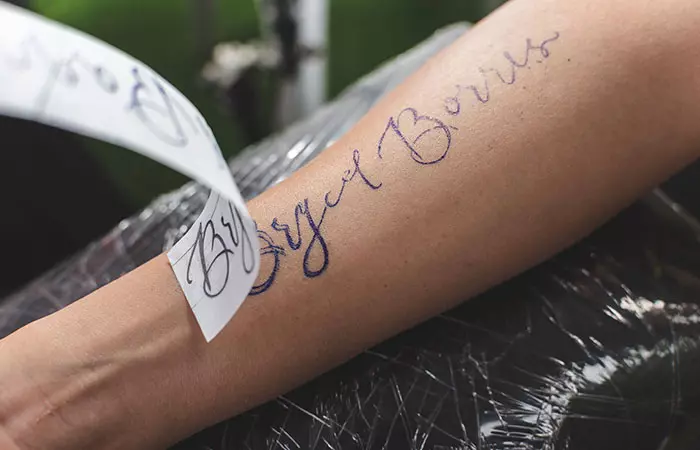
Tattoo transfer paper is a specialized medium used in the tattooing process to replicate an original design onto the skin. Comprising a thin, translucent layer coated with a transferable substance, it allows professional tattoo artists to trace and transfer intricate designs onto a client’s skin before inking. This paper streamlines the tattooing preparation, ensuring accurate placement and enabling artists to create precise, custom designs. Widely employed in the tattoo industry, transfer paper serves as an essential tool for translating artistic concepts onto skin canvases, facilitating the tattooing process with efficiency and precision.
You are familiar with the concept of tattoo transfer paper now, but it is essential to grasp how tattoo transfer paper operates. The next section takes you through it.
Key Takeaways
- Tattoo transfer paper is a specialized type of paper that allows a design to be transferred from a stencil onto the skin before tattooing through the use of pressure and heat.
- You can create or get a stencil, place it on a tattoo transfer paper, apply pressure, moisten it, then press onto the skin to transfer the design.
- Types of tattoo transfer paper include hectographic and thermographic tattoo transfer paper. Each utilizes a different method for perfect design transfer.
How Does A Tattoo Transfer Paper Work?
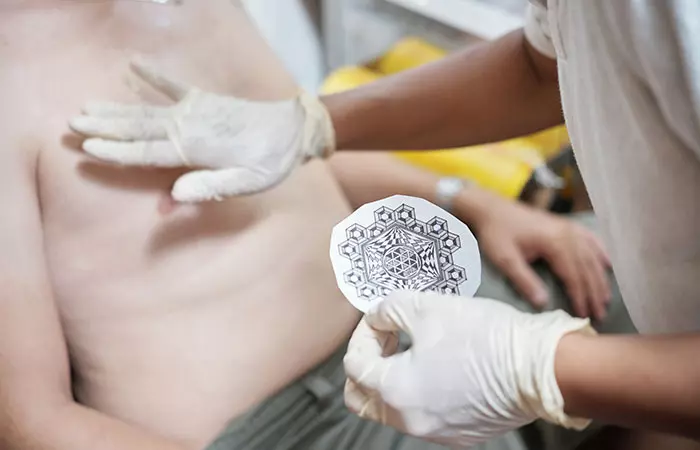
Tattoo transfer paper operates through a simple yet effective process. An image is first printed or drawn on the transfer paper, typically using a specialized printer or hand-drawn with transferable materials. The paper’s coated side contains substances like dyes or pigments that, when pressure is applied, transfer the design onto the skin. Tattoo artists place the coated side onto the desired skin area, applying pressure to ensure the image transfers accurately. The result is a temporary stencil on the skin, serving as a precise guide for tattooing. This method allows artists to make exact replicas of designs and achieve accurate placement during the tattooing process.
 Quick Tip
Quick TipWhile you have learnt how tattoo transfer paper works, it is available in more than one type. To find out what they are, check out the next section.
Types Of Tattoo Transfer Paper
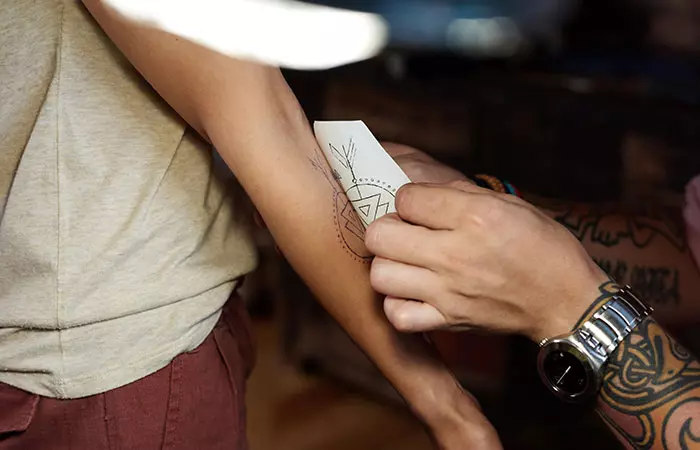
Choosing the right tattoo transfer paper is essential for creating a precise and high-quality tattoo. There are different types of transfer paper, each with its own features that tattoo artists consider to bring their creative designs to reality.
1. Hectographic Tattoo Transfer Paper
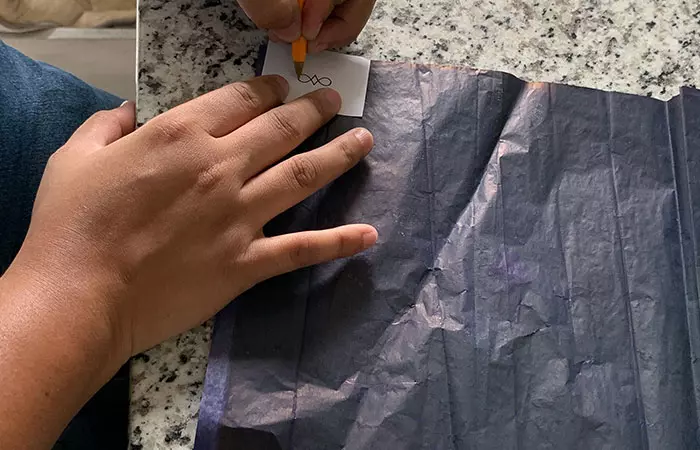
Hectographic transfer paper is a classic choice for successful tattoo artists. This carbon-based paper allows for precise stencil transfers by tracing the tattoo design onto the skin. Its reliable and straightforward application makes it a staple in the industry.
2. Thermographic Tattoo Transfer Paper
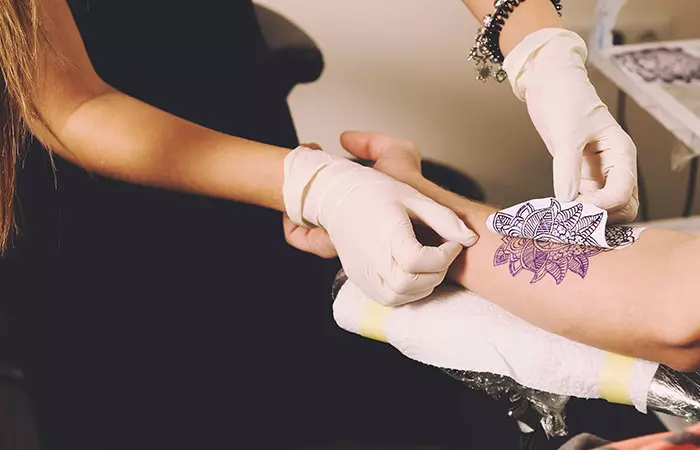
Thermographic transfer paper utilizes heat to transfer tattoo stencils onto the skin. Professional tattoo artists apply heat to the paper, causing the tattoo design to transfer seamlessly. This method offers a quick and efficient way to reproduce intricate designs with accuracy and detail.
Utilizing transfer paper may seem intricate, but fear not. Let us explore the process of using transfer paper for tattoos and learn how to use stencil paper accurately. Check out a step-by-step guide on using tattoo transfer paper in the next section.
How To Use A Tattoo Transfer Paper
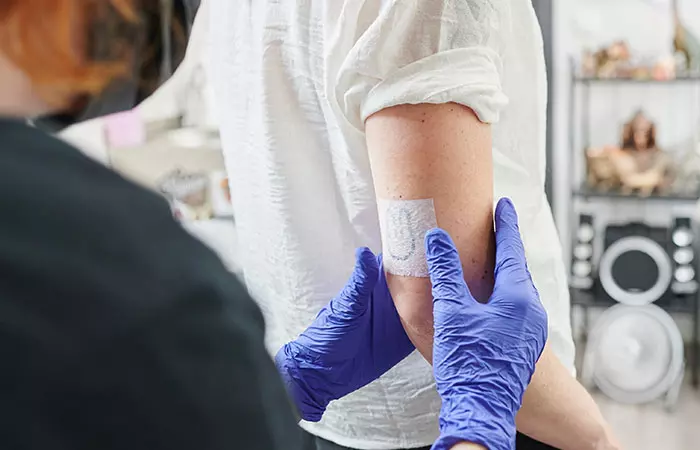
Discover the secrets of using tattoo transfer paper–it is like a magic trick for tattoo artists! Learning this helps you copy designs perfectly onto the skin. It is a must-know skill for both new and experienced tattoo artists and enthusiasts.
Materials Needed
- Tattoo transfer paper
- Design for the tattoo
- Clean skin
- Thermographic transfer maker
- Ballpoint pen or stylus
- Soap and water or rubbing alcohol
- Towel or paper towels
Steps
1. Prepare The Exact Design
Choose or create the original design you want to transfer onto your skin. Make sure it is the right size and shape for the area you want the tattoo.
2. Clean The Skin
Clean the area of your skin where you want the tattoo with soap and water or rubbing alcohol. This helps remove any oil or dirt that may interfere with the transfer.
3. Print The Design With A Thermographic Transfer Maker
Place the tattoo transfer paper in the thermographic transfer maker. Insert the design face down so that the ink is against the skin. Now, follow the instructions provided by the transfer maker to print the original design onto the printable paper/tattoo transfer paper.
4. Trim The Design
Trim the excess paper around the design to make it easier to handle and apply.
5. Position The Design On The Skin
Place the trimmed tattoo transfer paper with the design facing the clean skin in your desired location for the tattoo.
6. Secure The Transfer Paper
Use tape or another method to secure the tattoo transfer paper in place on the skin. This ensures that the design does not move during the transfer process.
7. Trace The Design
Use a pen or stylus to trace over the entire design. Apply firm, even pressure to transfer the carbon from the paper to the skin.
8. Peel Off The Transfer Paper
Carefully peel off the tattoo transfer paper from the skin. Check to ensure that the entire design has transferred onto the skin.
9. Inspect The Transferred Design
Examine the transferred design on your skin. If there are any areas that didn’t transfer well, you can touch them up with a pen or stylus.
10. Let It Dry
Allow the transferred design to air dry on your skin. Avoid touching or smudging the design during this time.
11. Tattoo The Design
Once the transfer is dry, you can begin the tattooing process using the traced perfect tattoo design as your guide.
 Quick Tip
Quick TipHaileigh Tomlinson, a YouTuber, demonstrated how to create a tattoo stencil using transfer paper for stick and poke or general tattoos. She provided a step-by-step guide and said, “So I drew on this side, it’s gonna flip onto my arm and I like to press down and like to hold it for 30 seconds, so those dots that my cat made are definitely going to my skin (i).”
While using tattoo transfer paper is not a major task, there are some problems that one might encounter. To ensure a smooth journey for you we have shared the common challenges and their solutions in the section below.
Common Challenges And Solutions
Here are the top challenges that one might face while using a tattoo transfer paper along with suitable solutions!
- Uneven Transfer: Ensure the design is applied with consistent pressure and the transfer paper is properly aligned on the skin.
- Smudging: Handle the paper gently to avoid smearing the design, and allow it to set before touching it again.
- Fading: Use a fixative spray to preserve the design for longer-lasting results.
- Poor Ink Quality: Use high-quality transfer paper and ink to avoid unclear or incomplete transfers.
If you want to know how to tattoo yourself in a convenient but precise way, you might want to know about the tattoo transfer paper. Learning how to use it is also important for professional tattoo artists. Doing it right helps make sure the perfect design is precise and turns the artist’s creative ideas into a reality. It is important to choose a good transfer paper and make sure the skin is clean and dry. Be careful when placing the stencil and press evenly to transfer the design accurately. This not only makes the tattoo process smoother but also improves the overall quality of the final artwork. Understanding tattoo transfer paper lets artists show off their creativity with confidence and create perfect tattoos.
Frequently Asked Questions
Can you use transfer paper without a machine?
Yes, you can use transfer paper without a machine by tracing your perfect design onto the transfer paper and then applying it manually to the desired surface.
Can you use Vaseline to apply a tattoo stencil?
Yes, you can use Vaseline to apply a tattoo stencil. Apply a thin layer of Vaseline on the skin, place the stencil, and then proceed with the tattooing process.
How long should I let a stencil dry before tattooing?
Allow the stencil to dry for at least 5–10 minutes before tattooing to ensure it sets properly and prevents smudging during the tattooing process.
What is a good substitute for a stencil solution?
A mixture of green soap and water or a mild soap solution can serve as a substitute for stencil solution when applying tattoo stencils.
Can I use regular deodorant to transfer tattoos?
A regular deodorant stick can be used as a makeshift transfer medium for tattoos, but specialized tattoo stencil products are recommended for optimal results and skin safety.
How to transfer a drawing onto skin without a tattoo transfer paper?
To transfer a drawing onto the skin without a tattoo transfer paper, trace the design with a pen, then apply a thin layer of deodorant gel over the traced lines and press the drawing onto the skin.
Illustration: How To Use A Tattoo Transfer Paper
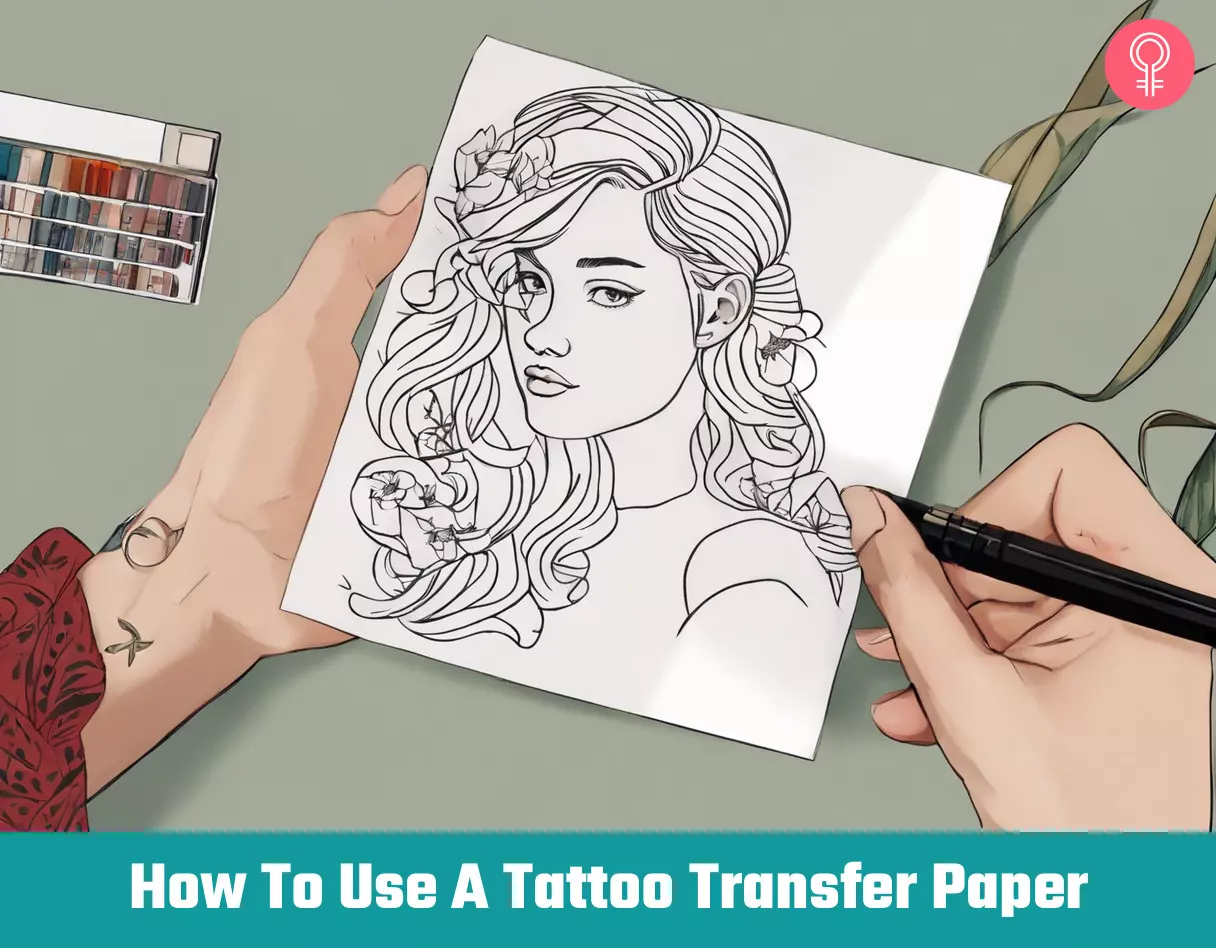
Image: Stable Diffusion/StyleCraze Design Team
Unlock the secrets to flawless tattoo stenciling in this comprehensive YouTube video that reveals step-by-step techniques on how to apply a tattoo stencil properly. Watch now for a seamless stenciling experience!
Personal Experience: Source
StyleCraze's articles are interwoven with authentic personal narratives that provide depth and resonance to our content. Below are the sources of the personal accounts referenced in this article.
(i) How to use transfer paper for tattooshttps://www.youtube.com/watch?v=UX_xtQIvHxw
Read full bio of Anastasiia Gatsko
Read full bio of Pahul Nanra
Read full bio of Subhrojyoti Mukherjee
Read full bio of Manjari Uppal






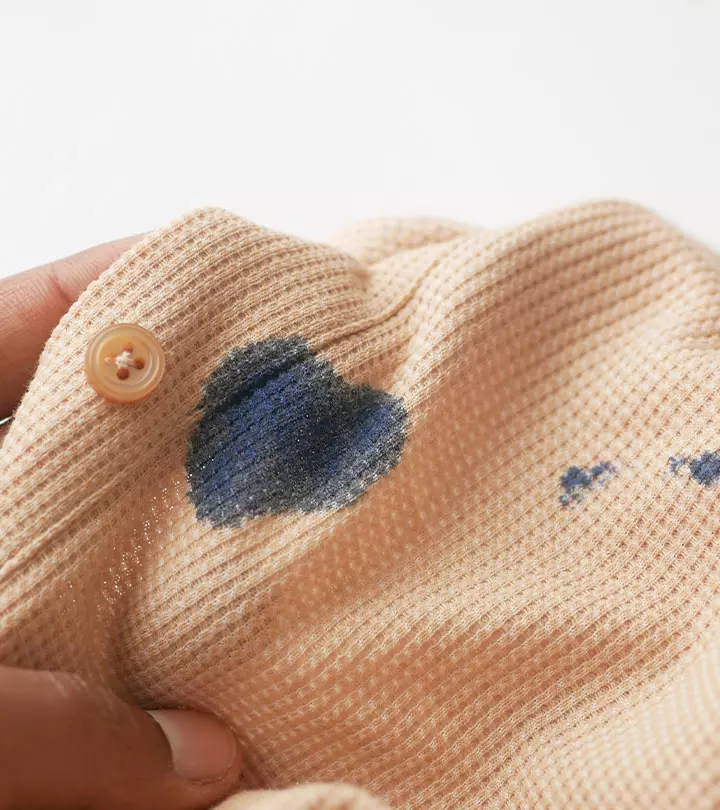

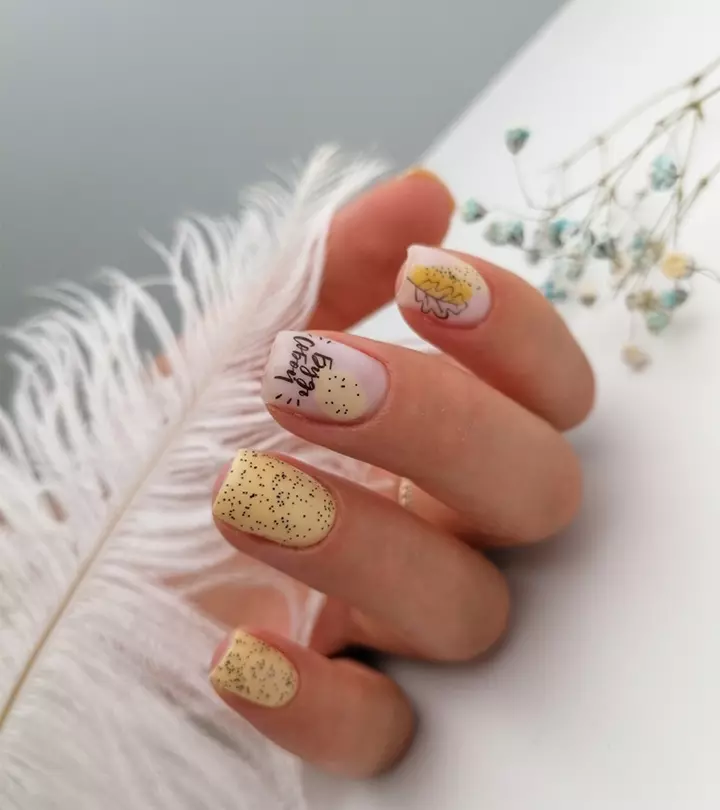

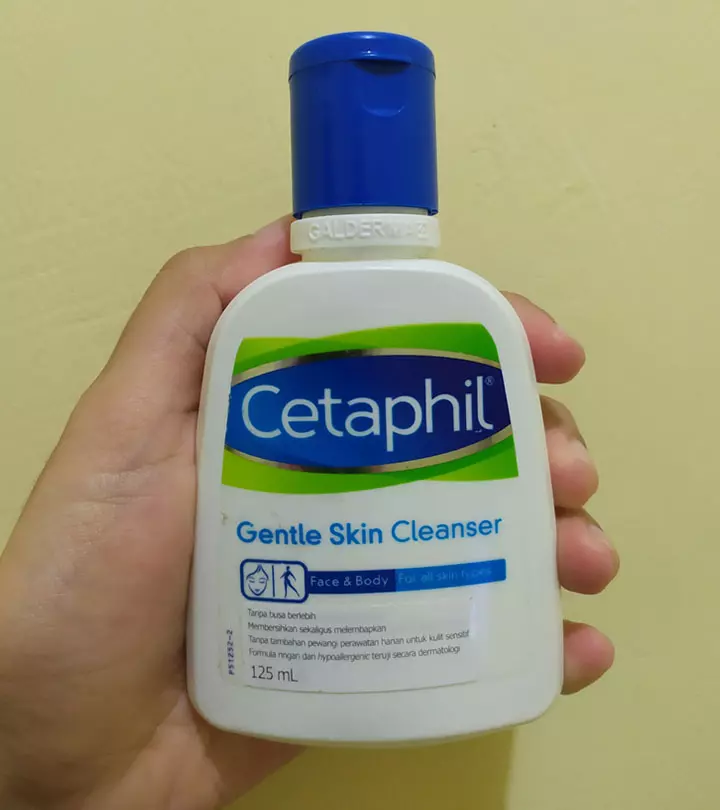



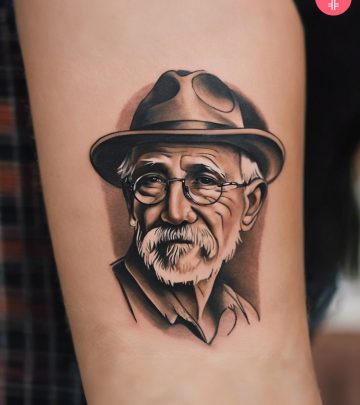










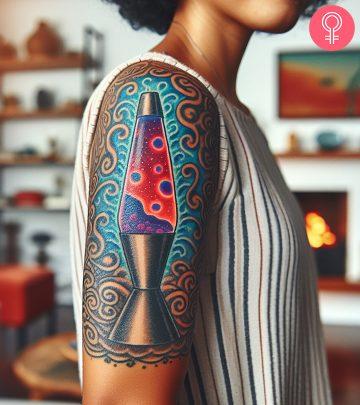

Community Experiences
Join the conversation and become a part of our empowering community! Share your stories, experiences, and insights to connect with other beauty, lifestyle, and health enthusiasts.